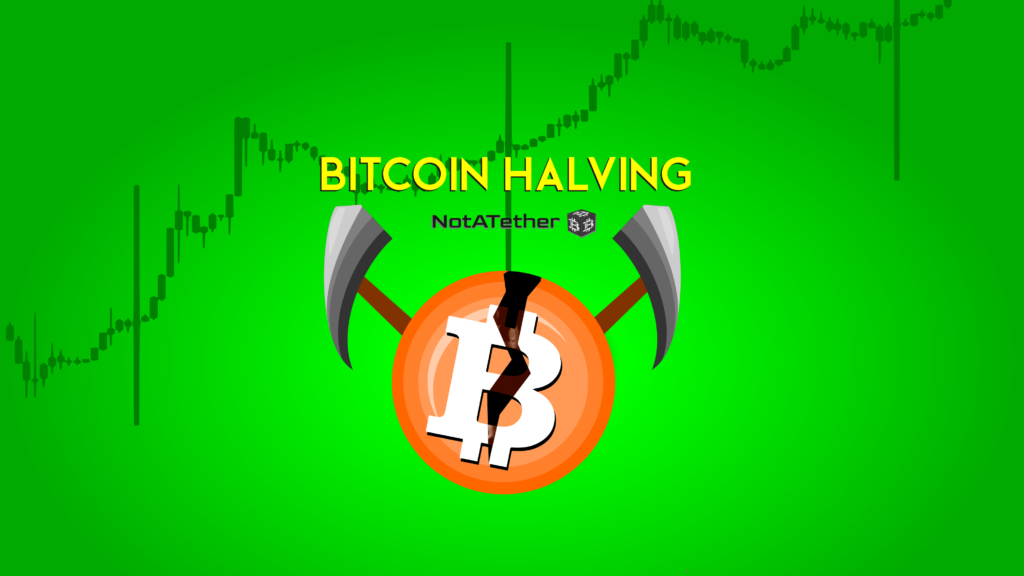When Satoshi Nakamoto created bitcoin, he also created two important rules:
- The Max Supply of Bitcoins is 21,000,000. (about 18,842,931.00 million Bitcoins already in circulation)
- After every 210,000 blocks mined (Almost every 4 years) the block reward to the miners is halved.
To better understand Bitcoin Halving, you need to know the Bitcoin network and how it works. I recommend you if you do not have enough knowledge about the performance of Bitcoin and blockchain networks, before continuing this post about Bitcoin Halving, refer to the following links and increase your knowledge of how Bitcoin works.
- What Is A Bitcoin Block Hash And How Is It Made?
- Everything You Wanted To Know About Bitcoin Addresses
- Bitcoin Block Size Limit
- Bitcoin Minting And Botnets
- What Are Transaction Fees In Bitcoin And Ethereum?
Brief description:
- Block: Bitcoin transaction records are stored in it.
- Miners: Devices that use complex mathematical equations to confirm transactions in the Bitcoin network. And after confirming a certain amount of the transaction, a Block is generated which will be added to the blockchain network.
What Is Bitcoin Halving?
When Bitcoin was first introduced, miners would earn 50 Bitcoins per block. After every 210,000 blocks are mined, (Almost every 4 years) the reward that the block gives to Bitcoin miners for processing transactions will be halved. It means that the pace of new BTC creation is cut in half. For example, if the reward miners are 50 Bitcoins this year, after every 210,000 blocks mined, this reward becomes 25 bitcoins.
The First Bitcoin Halving
The first bitcoin halving happened in 2012. In this halving, the reward for mining a block changed from 50 BTC to 25 BTC. In 2016 it decreased from 25 bitcoins to 12.5 bitcoins and in 2020 from 12.5 bitcoins to 6.25 bitcoins. And now 6.25 new BTC are created with each new block mined. This trend will continue until about 2140. Miners then will receive their reward through fees for processing transactions. (network users will pay this fee). This halving process increases the value of the assets. Imagine this happening to gold. Due to the scarcity of gold on earth, conditions are provided for the increase of gold prices.
When Is The Next Halving?
Approximately 900 new Bitcoins are mined daily and due to the advancement of mining devices technology and increasing their computing power, this figure will change. Given that new Bitcoins are mined almost every 10 minutes, The next Halving is expected to take place in early 2024. In 2024, the miner’s reward will be reduced to 3.125 BTC.
Halving Implications
Halving reduces the rate at which new coins are created. It lowers available supply and high demand for Bitcoin increase the value of coins. If we look at the effects of halving in recent years, we can see these implications:
- Nov. 28, 2012: increase from $ 12 to $ 1,217 on Nov. 28, 2013
- July 9, 2016: increase from $ 647 to $ 19,800 on Dec. 17, 2017
- May 11, 2020: increase from $ 8,787 to $ 64,507 on April 14, 2021
These halving have always pushed up the price of Bitcoin But after a while, we saw that the price followed by a large drop. But after the price drop, the price of Bitcoin was still higher than it was before halving. In short, the price increases, and then the price goes down a little bit. But we must keep in mind that the way the market reacts to halving may change in the future and market conditions cannot be predicted.
What happens after mining the last Bitcoin?
Around 2140, the last bitcoin will be mined, and halving stops. But miners will be motivated to validate and confirm new transactions on the blockchain.
Conclusion
In the end, it can be said that halving maintains value and controls inflation. If there is no end to Bitcoins, there would be so many Bitcoins produced that they lose their value. So halving and limited supply prevent this from happening. For example, by printing more money, according to the rule of supply and demand, the value of money will decrease, but Bitcoin prevents this devaluation.

